Deserts are known for their harsh environments, but they are home to some of the most resilient and fascinating plants. These plants have adapted to extreme conditions like scorching heat, limited water, and nutrient-poor soils. Here’s a look at some of the incredible plants that flourish in extreme desert climates.
Desert Lily
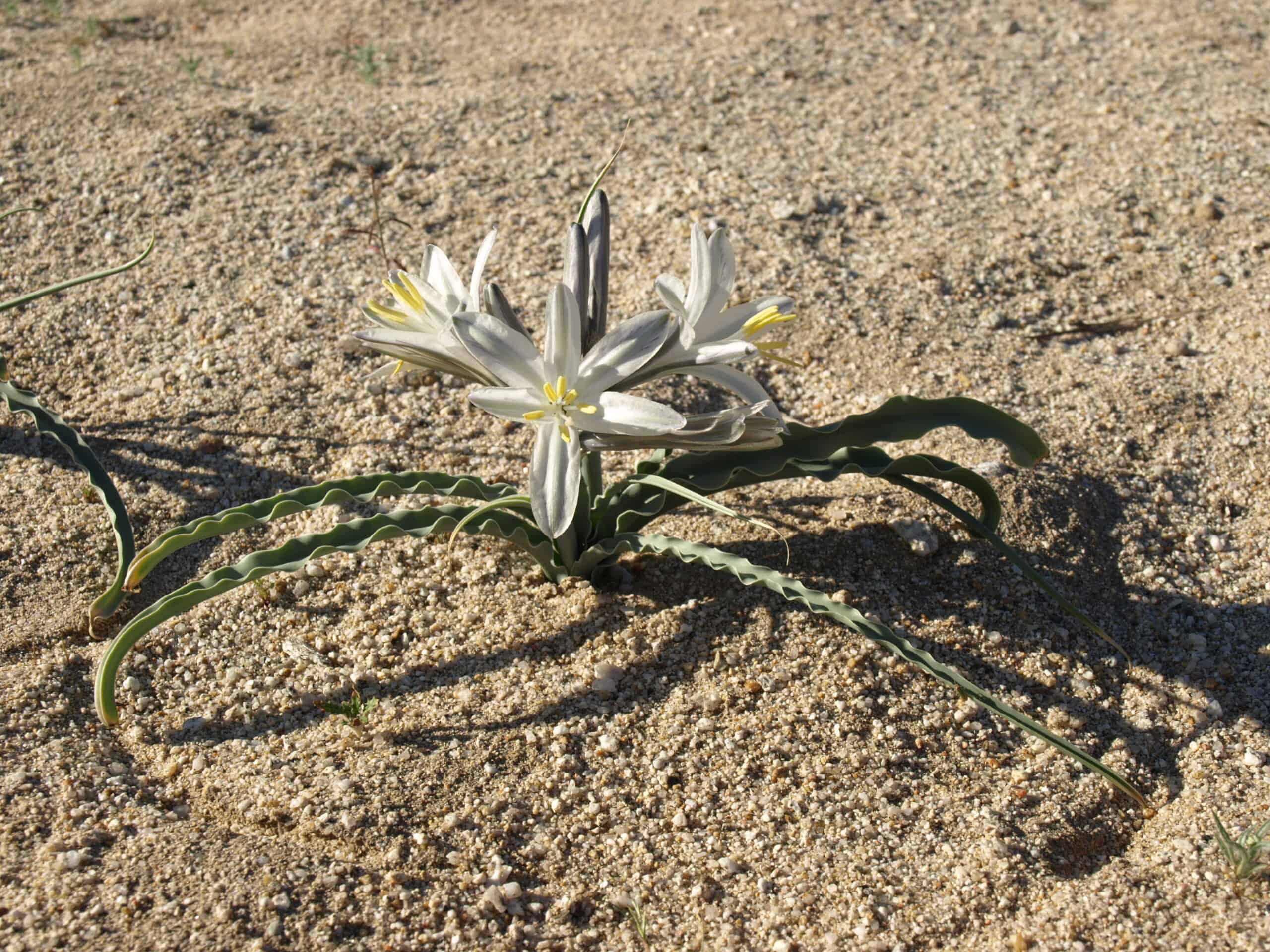
The Desert Lily blooms despite the tough desert environment. Its trumpet-shaped flowers are white and fragrant, standing tall on slender green stalks. This plant thrives in sandy soils, taking advantage of deep roots that can reach underground moisture. It flowers in spring, usually after seasonal rains, showcasing its beauty against the dry desert backdrop. It’s a true survivor in the harshest conditions.
Fishhook Cactus
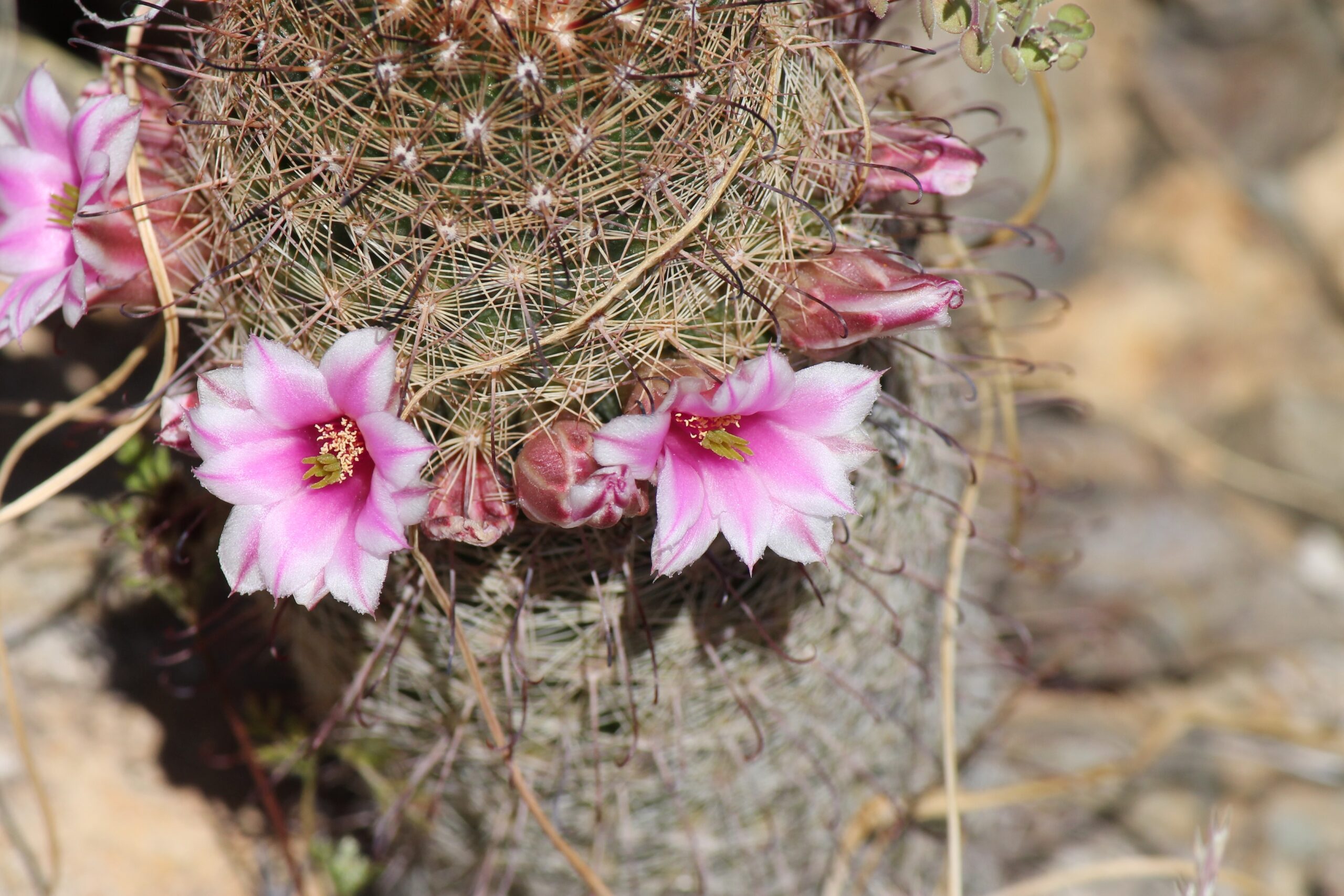
The Fishhook Cactus is named after the curved, hook-like spines that protect it from predators. It is a small, rounded cactus with vibrant pink or yellow flowers that bloom during spring. Its spines help shade the plant, reducing water loss in extreme heat. The cactus can store water in its fleshy tissues, ensuring survival during long droughts. This adaptation allows it to thrive in the unforgiving desert landscape.
Fairy Duster
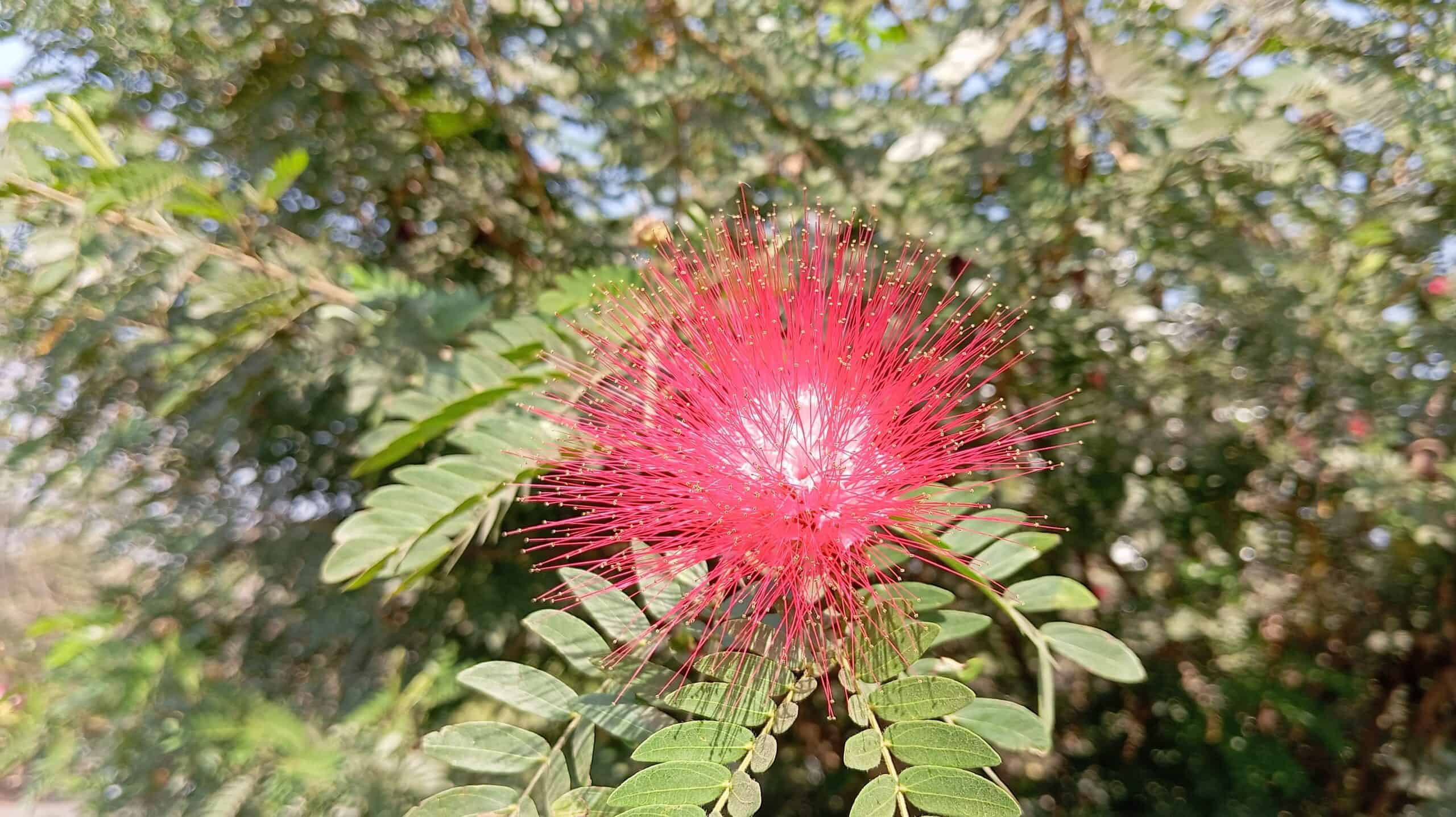
Fairy Duster produces delicate, brush-like pink flowers that resemble tiny dusters. The plant’s feathery blooms attract pollinators like hummingbirds and bees. It’s a low-growing shrub that can tolerate poor, dry soils and scorching temperatures. With its deep roots, it captures water from far below the surface. Despite its fragile appearance, Fairy Duster is a hardy plant that flourishes in the desert.
Globe Mallow
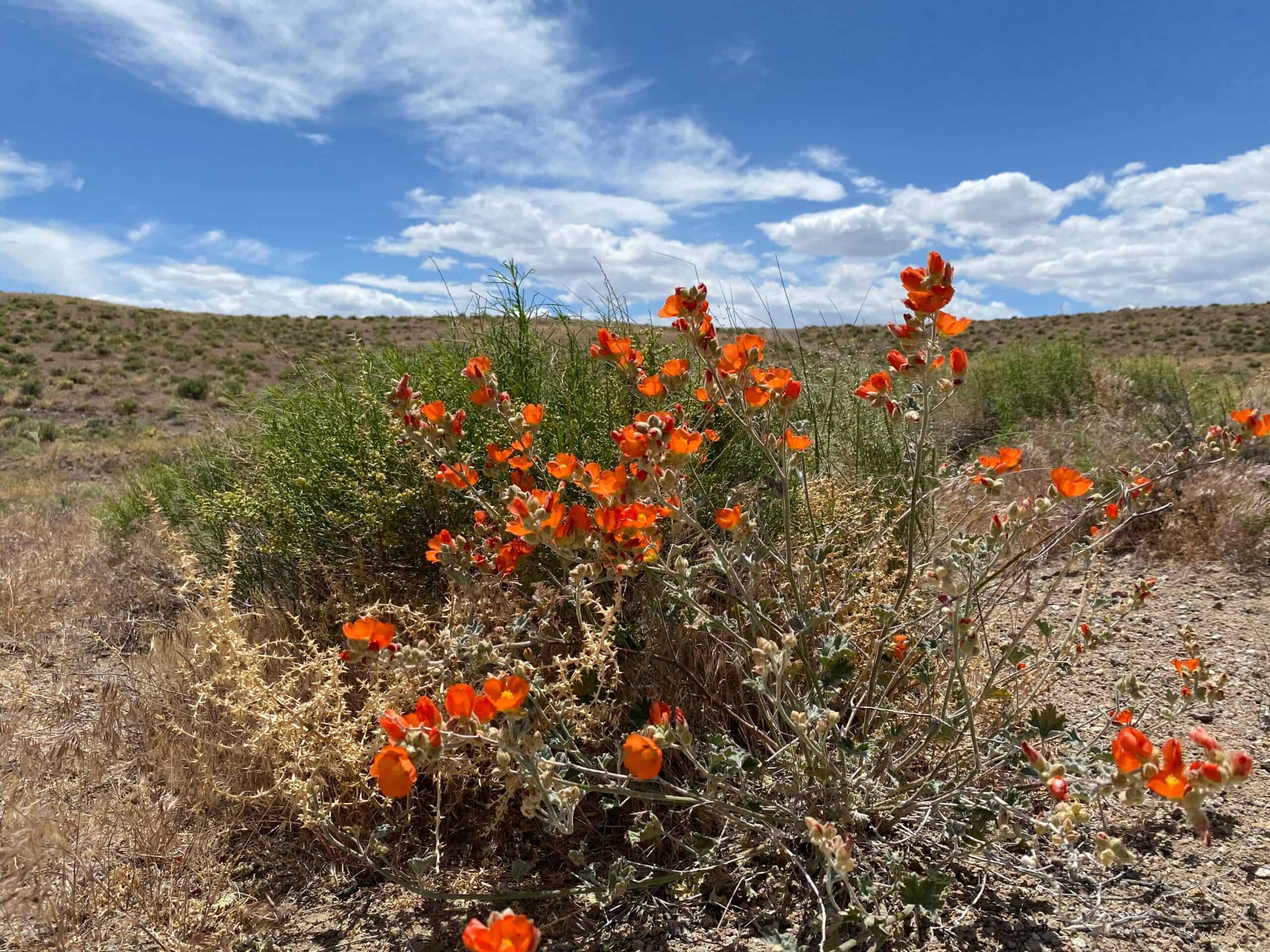
Globe Mallow is known for its orange or pink flowers that add a burst of color to the desert. Its fuzzy leaves help reduce water loss, and the plant thrives in poor, rocky soils. It can grow quickly after rainfall, making the most of available water. Globe Mallow is drought-resistant and can survive extended periods without moisture. It is a reliable bloomer, bringing life to arid landscapes.
Desert Ironwood
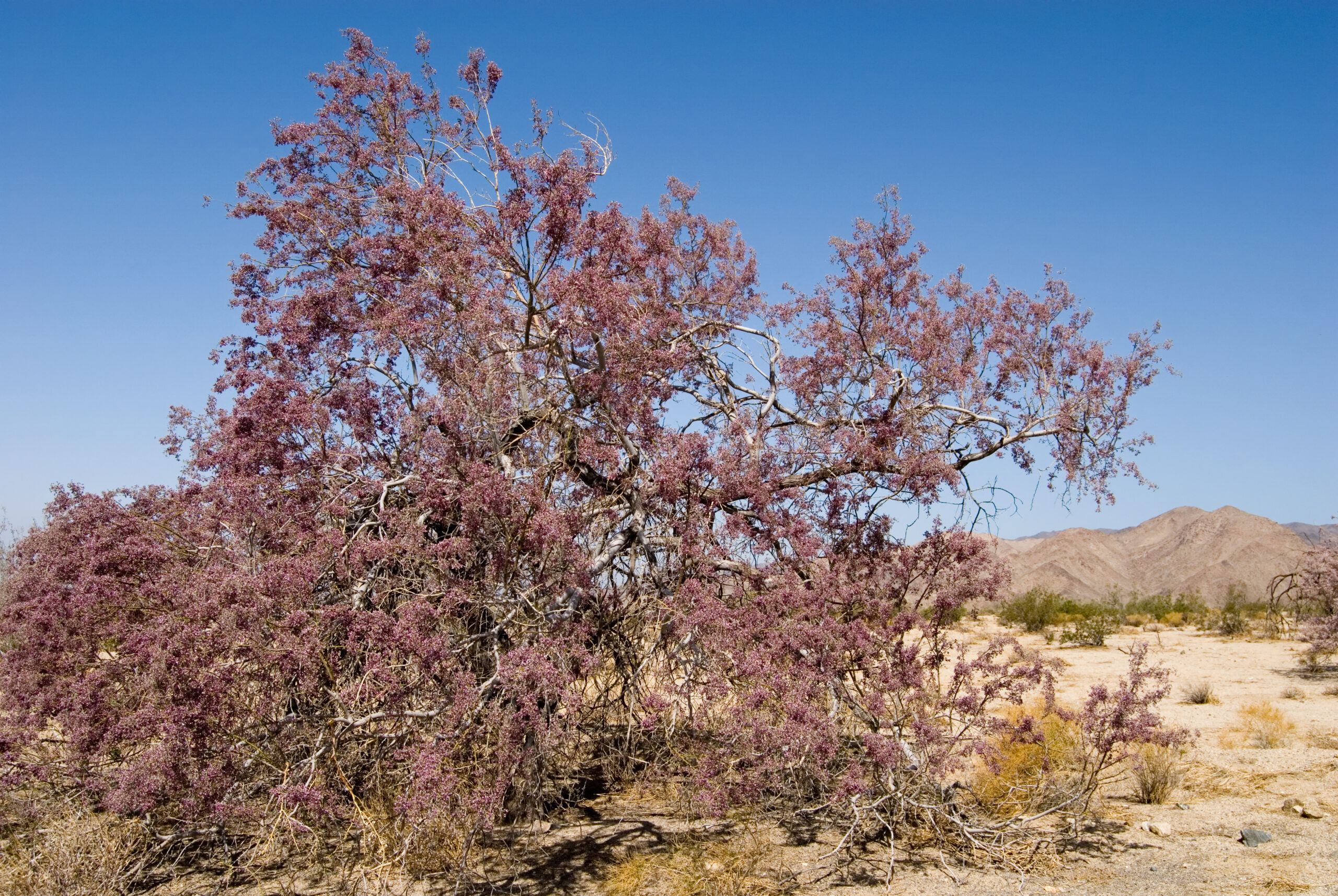
The Desert Ironwood is one of the toughest trees found in the desert. It has dense, hard wood, which gives it its name. The tree’s roots dig deep to access underground water, allowing it to endure long dry spells. Its gray-green leaves help conserve moisture by reflecting sunlight. Desert Ironwood can live for centuries, providing shade and shelter for desert wildlife. It is a symbol of resilience in extreme conditions.
Chain Fruit Cholla
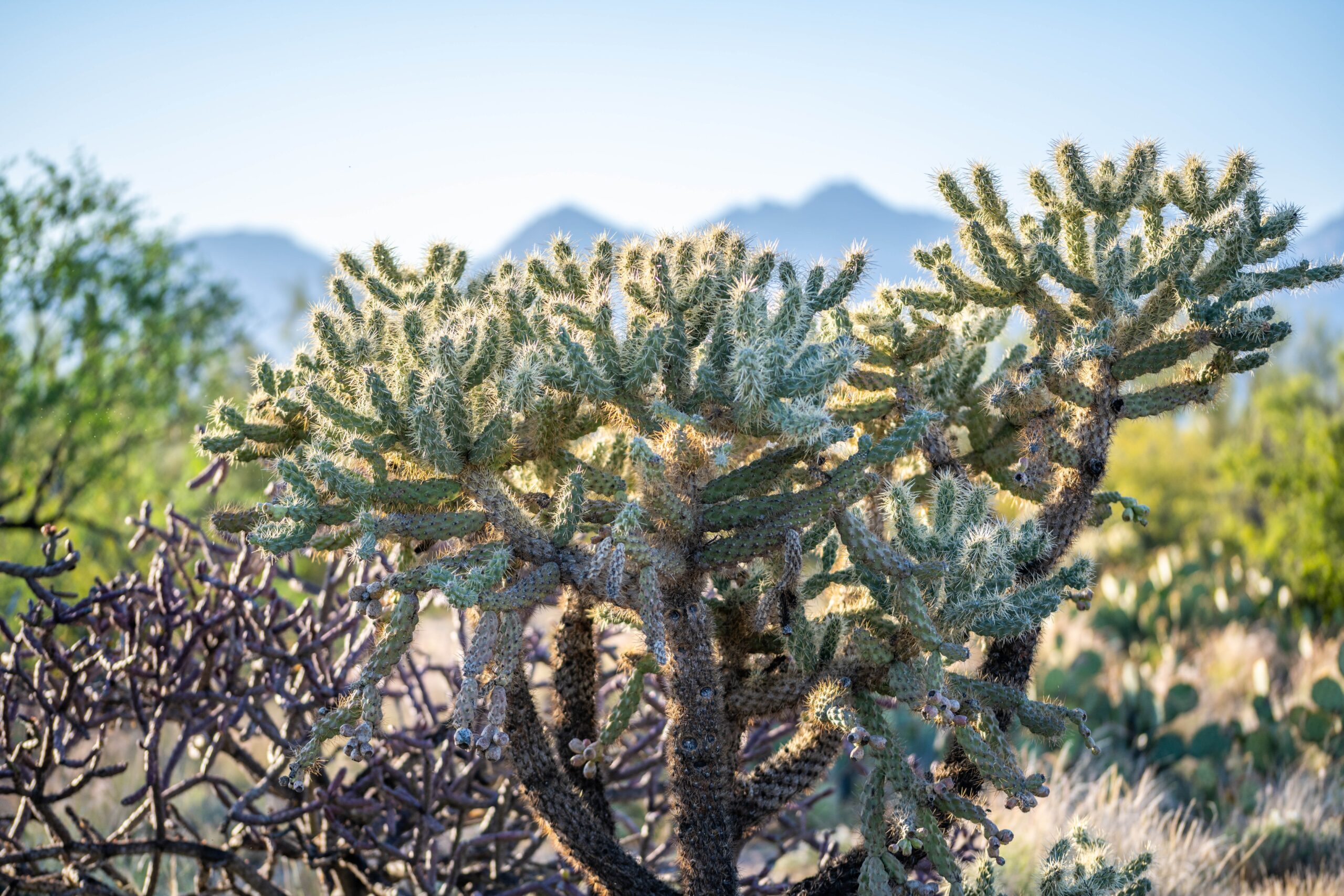
Chain Fruit Cholla is a cactus with segmented branches covered in spines. These branches produce clusters of small, pear-shaped fruits that hang like chains, giving the plant its name. The spines help reduce evaporation by providing shade to the plant. It grows in rocky, dry soils, surviving intense desert heat. Despite its fierce appearance, the fruits provide food for desert animals, making this plant an essential part of the ecosystem.
Desert Tobacco
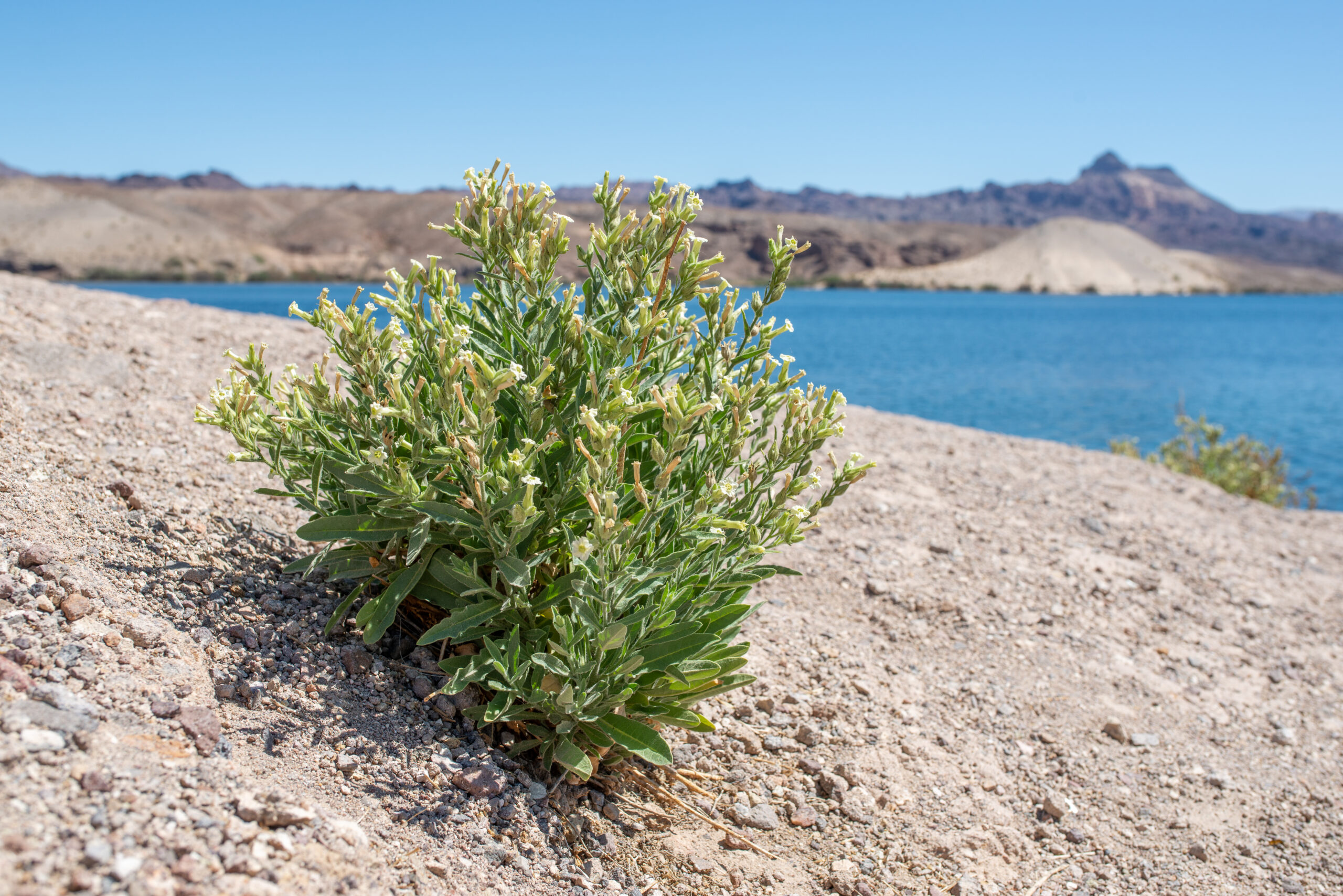
Desert Tobacco is a resilient plant that grows in dry, sandy regions. It has pale green leaves and small, tubular white flowers that attract pollinators. The plant can tolerate extreme drought, using its roots to draw moisture from deep underground. It can also thrive in disturbed soils, making it common near roadsides and rocky outcrops. Despite the harsh desert heat, Desert Tobacco continues to flourish.
Red Pancake Kalanchoe
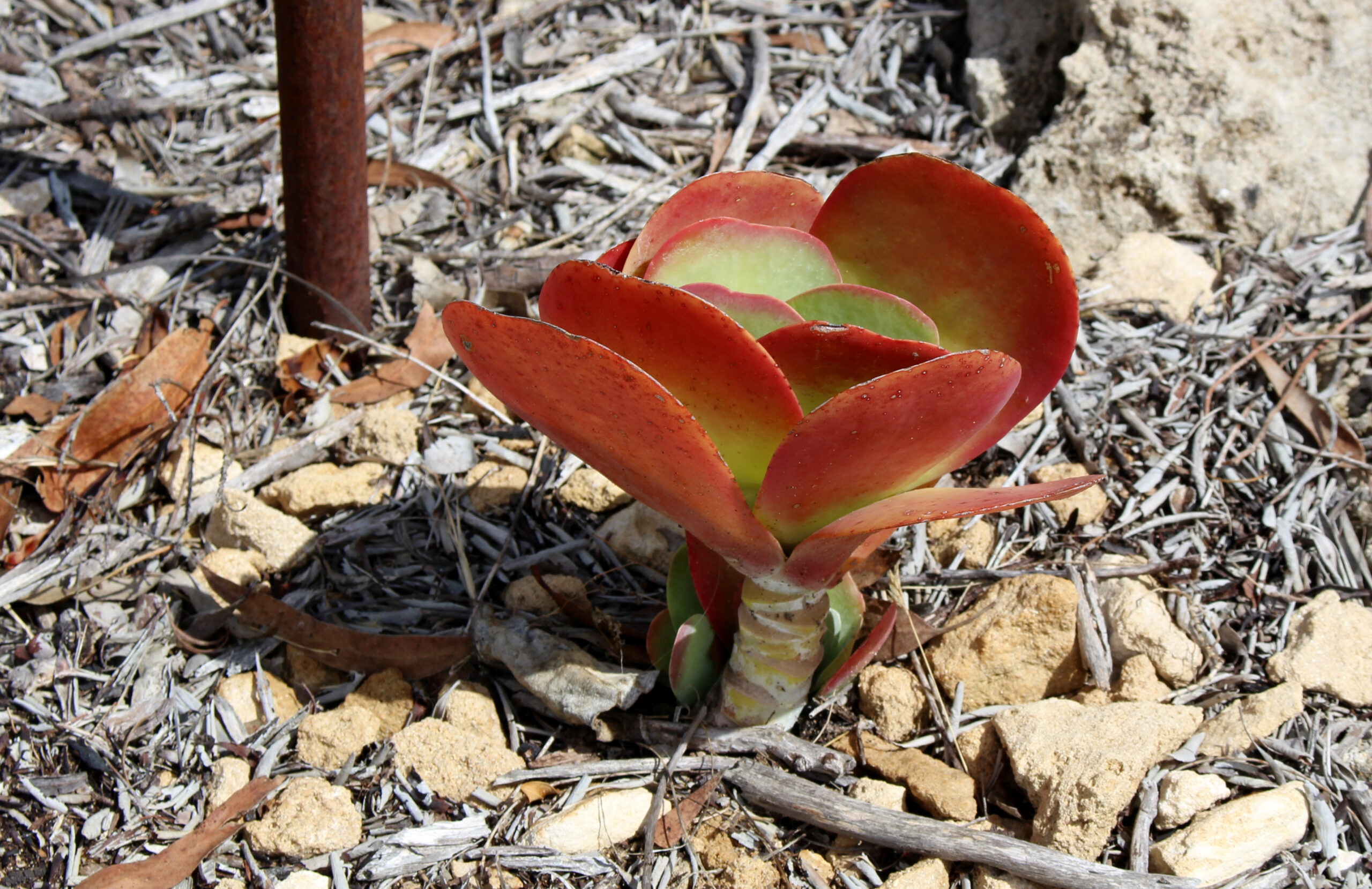
The Red Pancake Kalanchoe is known for its flat, round leaves that turn reddish in full sun. These thick, fleshy leaves store water, allowing the plant to survive in dry conditions. It produces tall stalks of yellow or red flowers during the spring. The plant prefers rocky, well-drained soils, thriving with minimal water. Its striking color and shape make it stand out in any desert landscape.
Sand Verbena
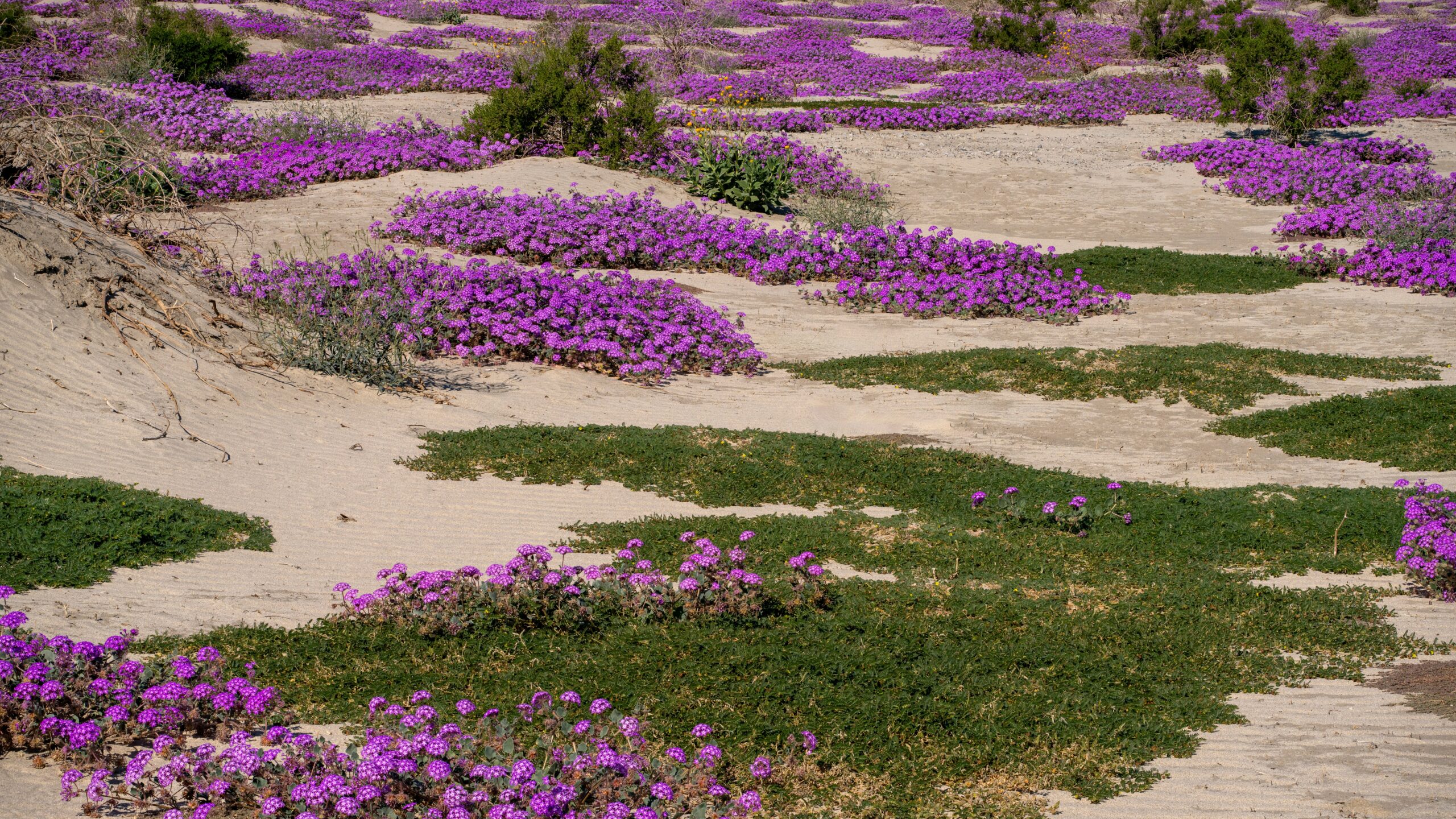
Sand Verbena brings a splash of color to the desert with its bright pink or purple flowers. The plant has low-growing, spreading stems and thrives in sandy soils. It blooms after rain, making the most of brief moisture in the desert. Its flowers attract pollinators, contributing to the fragile desert ecosystem. Sand Verbena can survive long dry periods thanks to its ability to store water in its stems.
Mesquite Tree
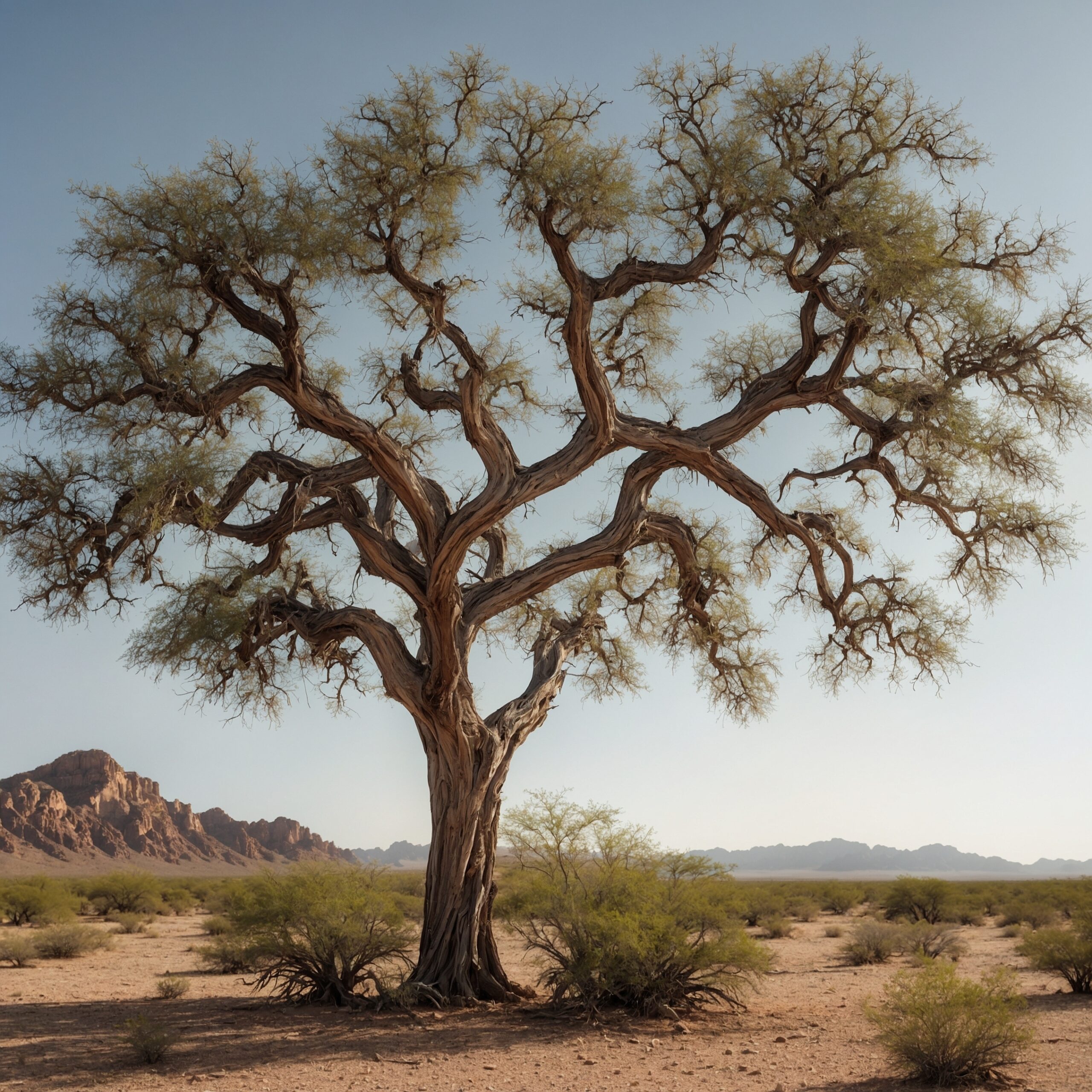
The Mesquite Tree is a staple of desert landscapes. It has deep roots that can reach underground water sources, allowing it to thrive in arid regions. The tree’s feathery leaves help reduce water loss, and it produces sweet-smelling yellow flowers. Its seeds, encased in long pods, provide food for desert wildlife. Mesquite trees can live for many years, enduring the harshest desert conditions.
Teddy Bear Cholla
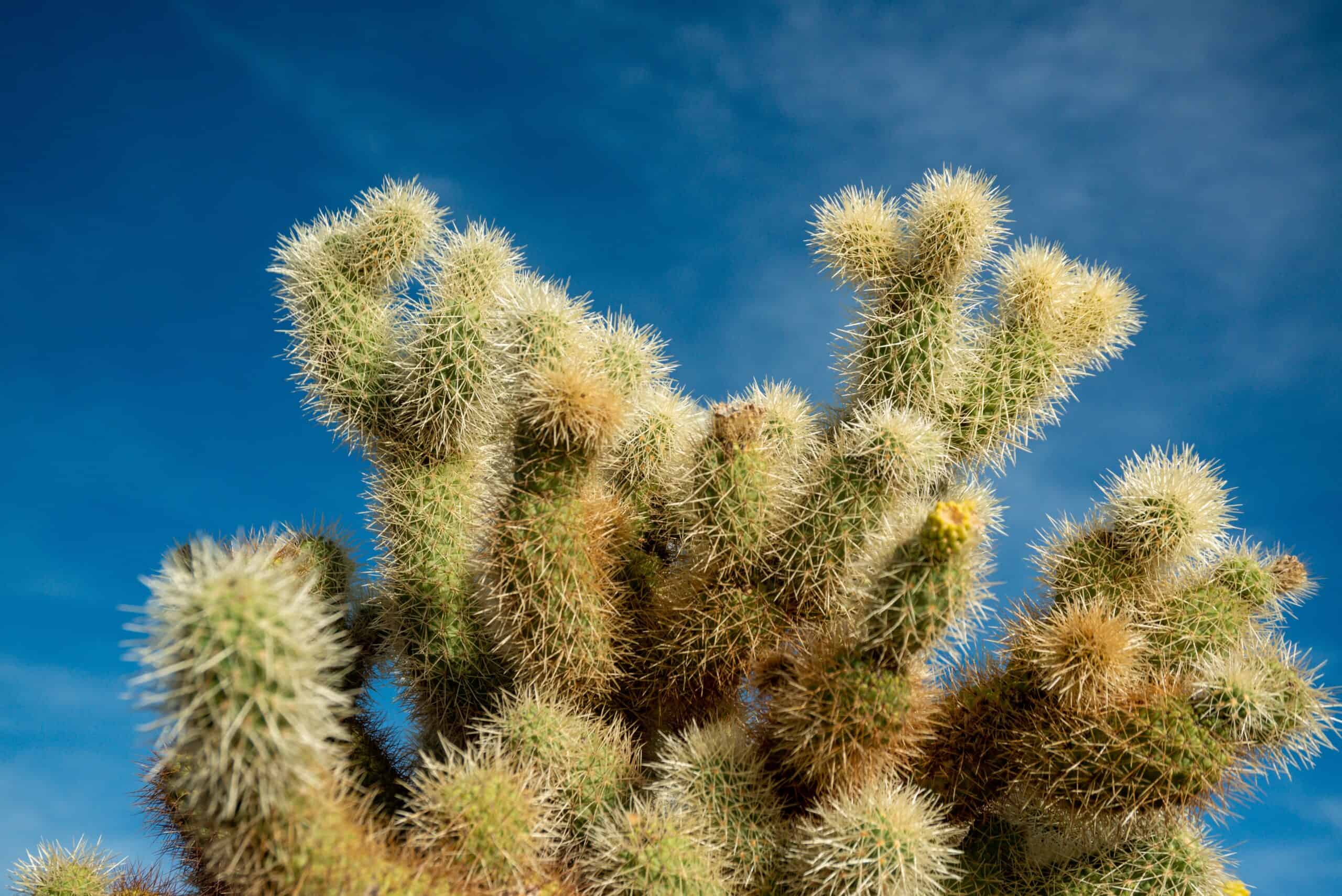
Teddy Bear Cholla is a cactus with densely packed spines that give it a fuzzy appearance. The spines reflect sunlight, reducing heat absorption and water loss. It produces yellow-green flowers in spring, followed by small fruit. The plant grows in dry, rocky areas and survives by storing water in its thick stems. Despite its cute name, the spines can easily detach, earning it a reputation as a “jumping” cactus.
Yellow Palo Verde
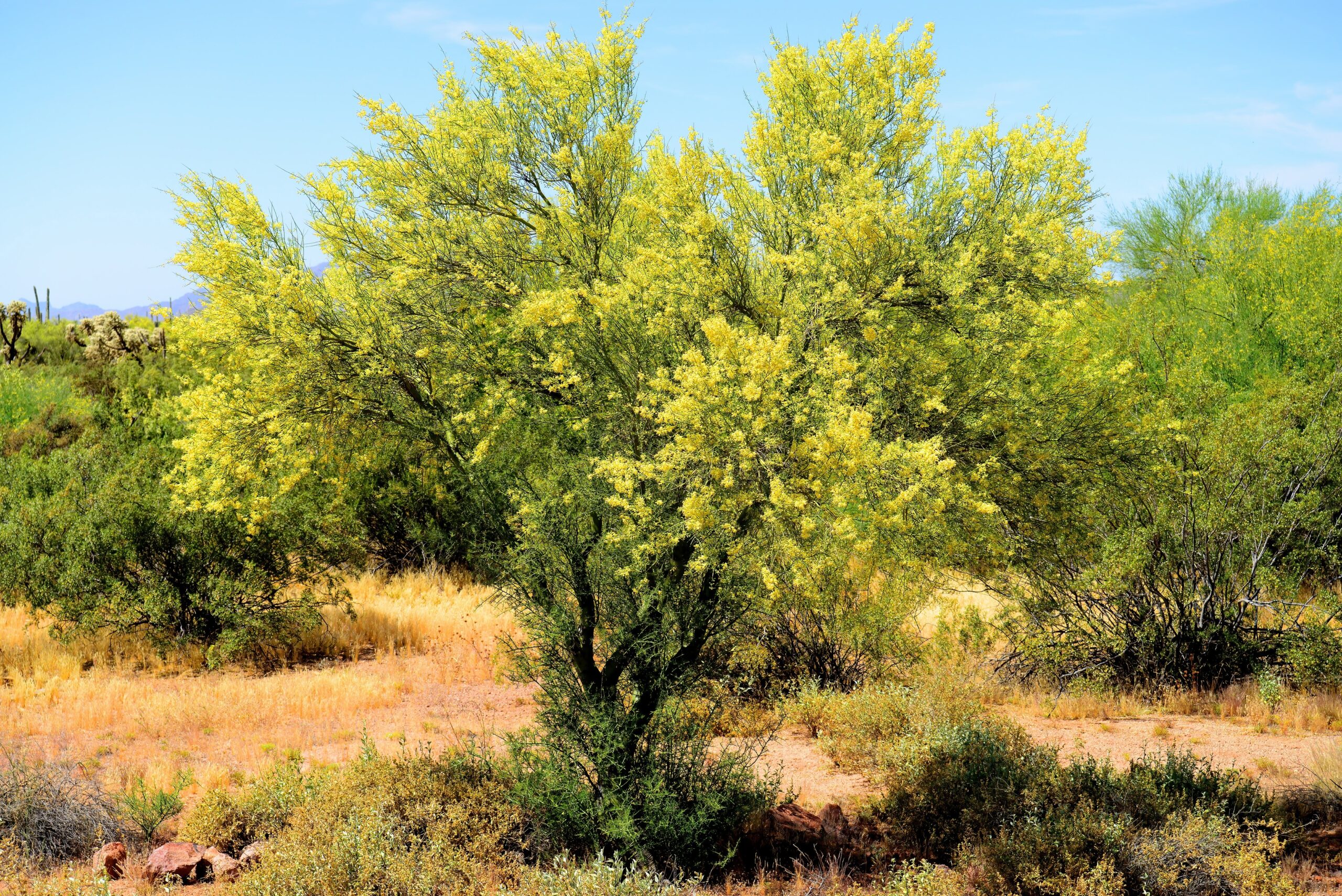
The Yellow Palo Verde is a tree known for its bright green bark and yellow flowers. It sheds its leaves during dry periods to conserve water, relying on its bark for photosynthesis. The tree blooms in the spring, covering itself in vibrant yellow blossoms. Its deep roots allow it to access water far beneath the desert surface. This tree is well-adapted to survive in hot, arid environments.
Yucca
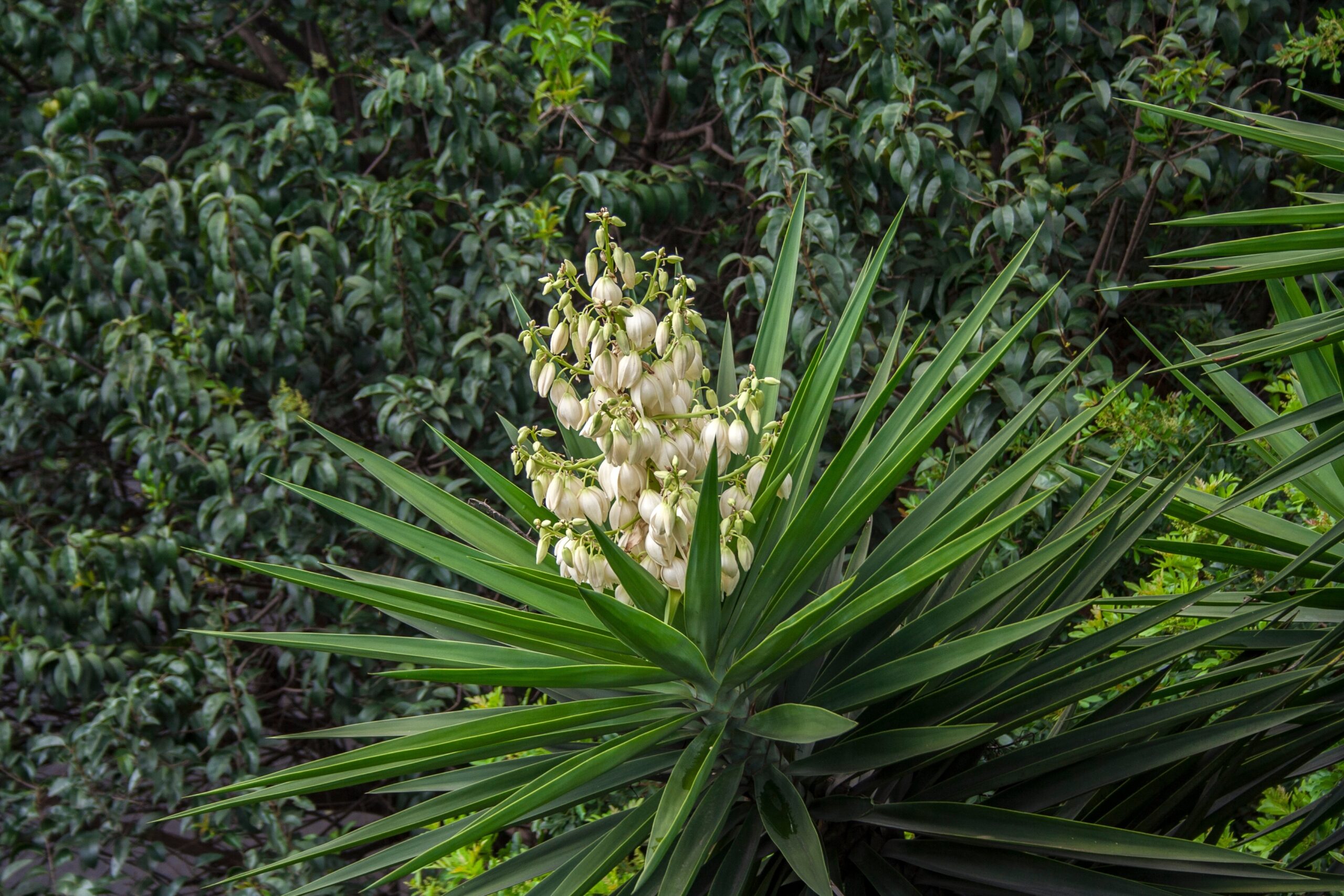
The Yucca is a desert plant known for its tall, spiky leaves and towering flower stalks. Its roots can store water, allowing it to survive in extremely dry conditions. The plant produces large clusters of white, bell-shaped flowers, often attracting pollinators like moths. It thrives in rocky, well-drained soils, making the most of the limited desert rainfall. Yuccas are highly drought-resistant and a key part of the desert ecosystem.
Brittlebush
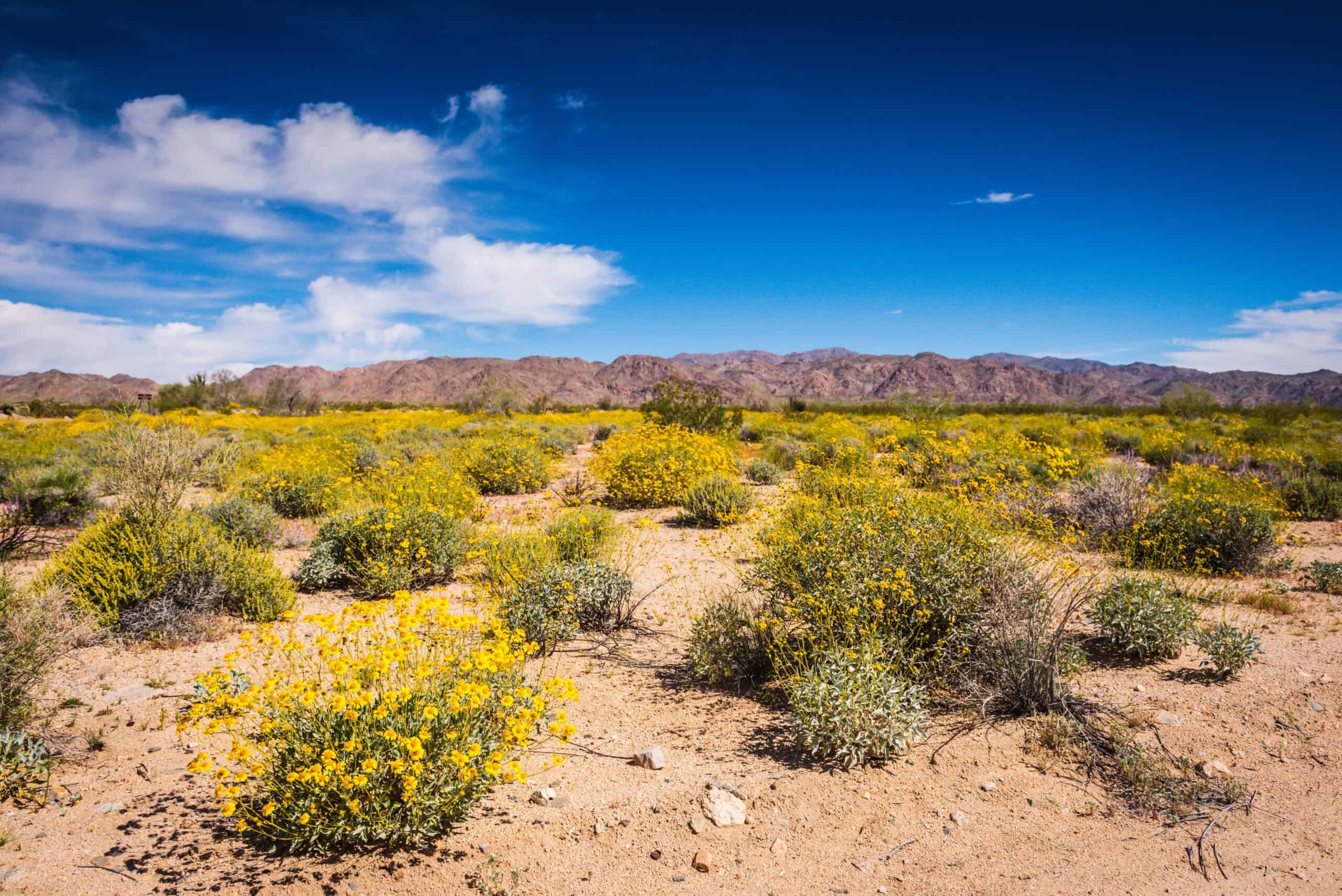
Brittlebush is a tough desert shrub with silvery-gray leaves and bright yellow flowers. It gets its name from the brittle stems that snap easily when dry. The plant’s fuzzy leaves help reduce water loss by reflecting sunlight. In spring, Brittlebush produces clusters of daisy-like flowers, adding color to the desert landscape. Its deep roots allow it to access water from far below the surface, helping it survive long periods of drought.
Mojave Aster
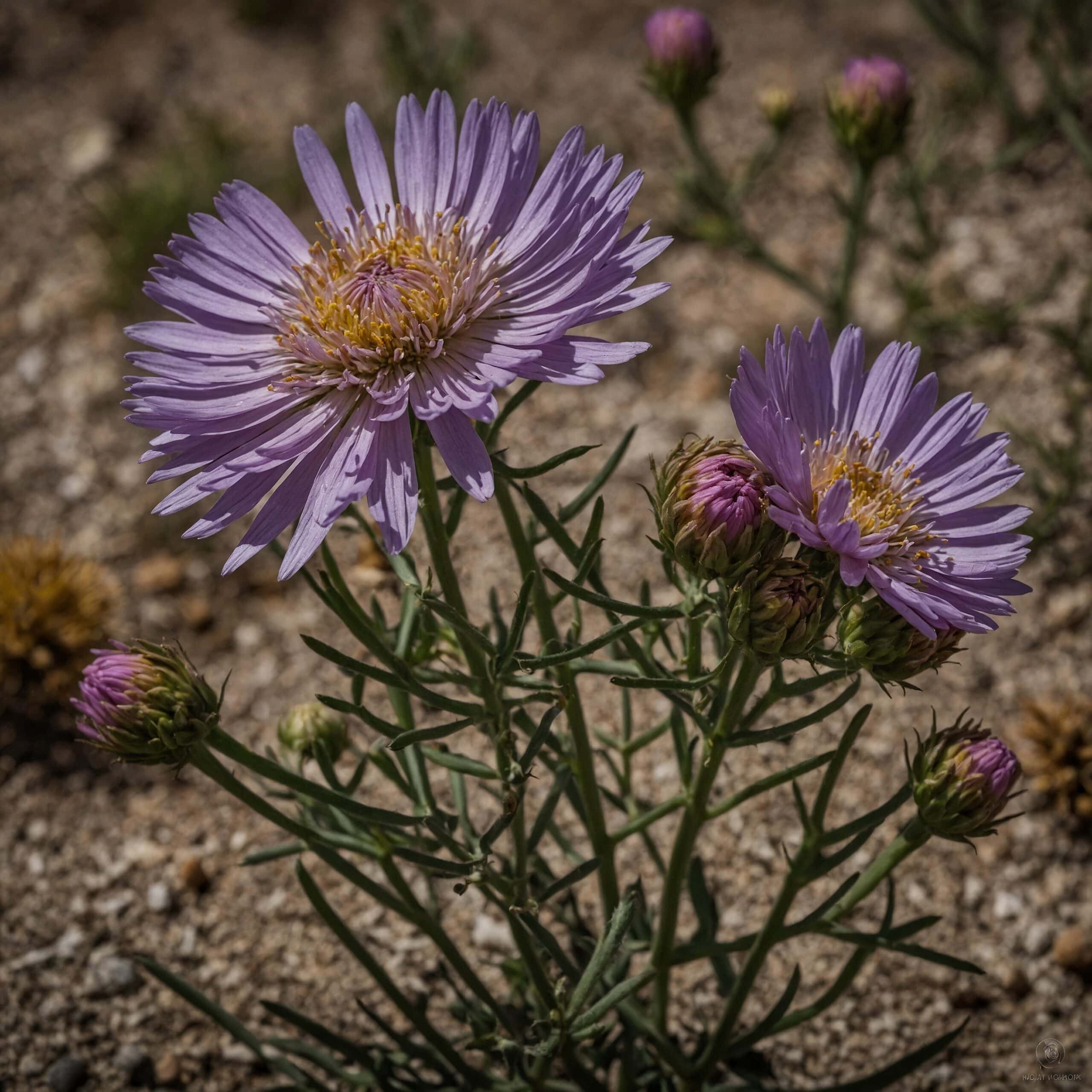
The Mojave Aster is a perennial wildflower that thrives in rocky, desert soils. It produces stunning lavender or pale blue flowers, which bloom from early spring to late summer. The plant’s thin, gray-green leaves help conserve water by limiting evaporation. Its deep root system allows it to survive in dry, arid regions where water is scarce. Mojave Aster adds a pop of color to the desert and attracts pollinators like bees and butterflies.
This article originally appeared on Rarest.org.
More from Rarest.org
1986 Washington Quarter Value Guide
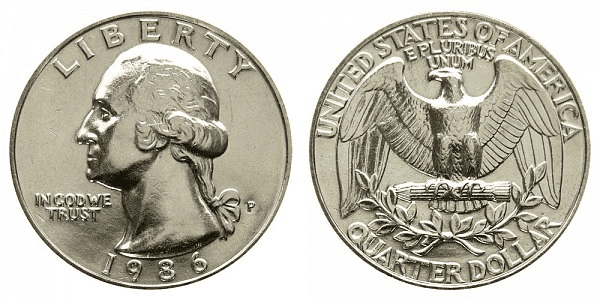
Beginning in 1968, the copper core and 8.33% nickel coating of the Washington Quarters took the role of the silver component. Read More.
1986 Lincoln Penny Value Guide
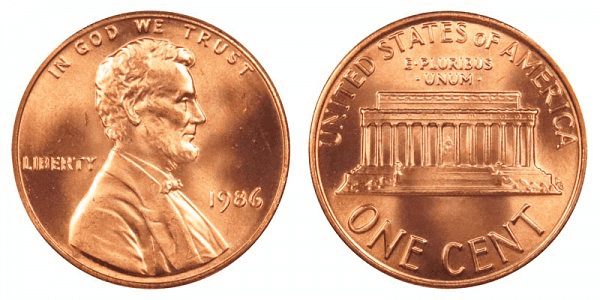
The 1986 Lincoln Penny is very contemporary in terms of coin collection, and it is frequently found in change. Read More.
9 Unique Antique Furniture Pieces Crafted by Master Artisans
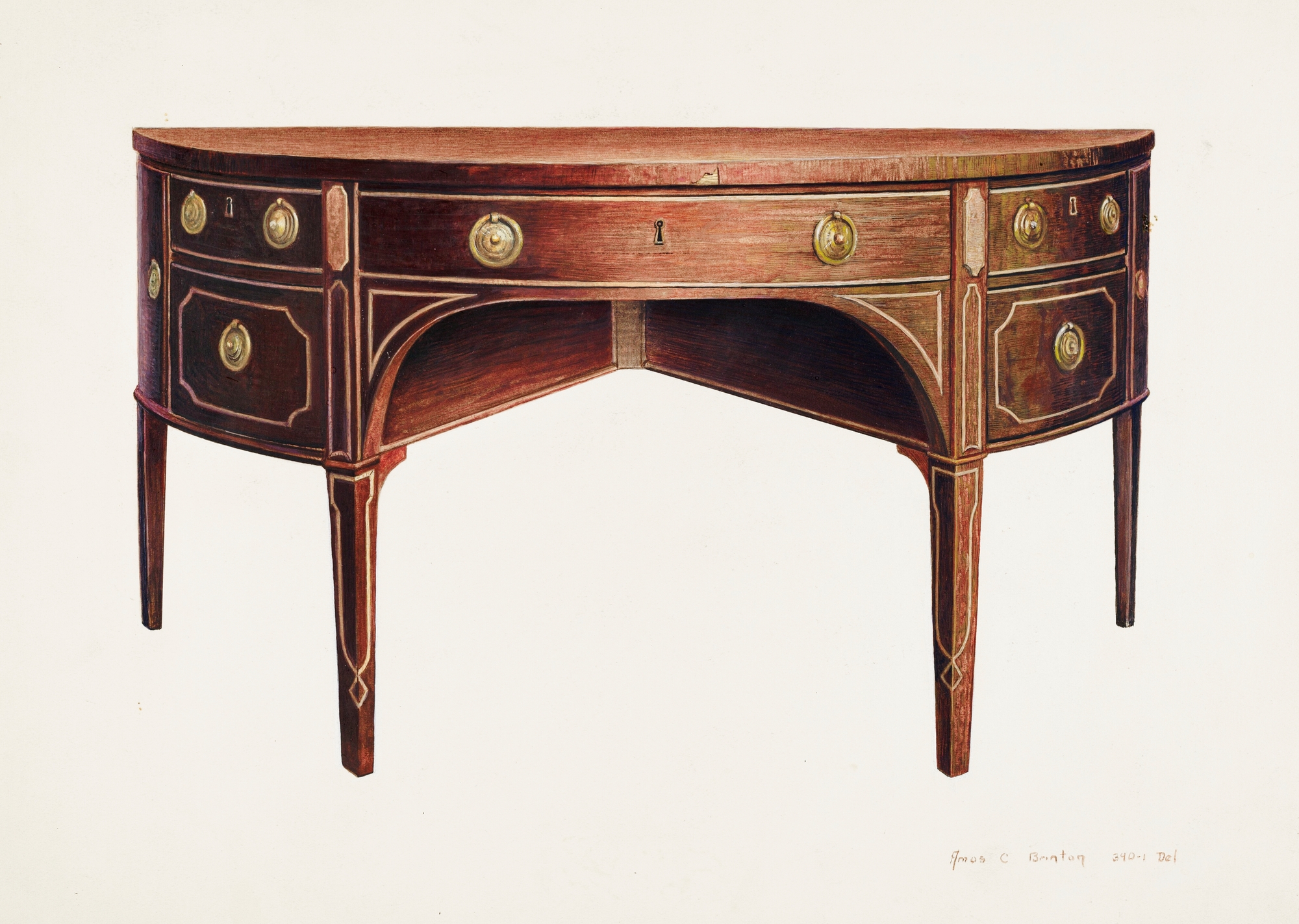
Antique furniture carries history, elegance, and exceptional craftsmanship. Each piece reflects the artistry of its time, meticulously crafted by master artisans. Read More.
